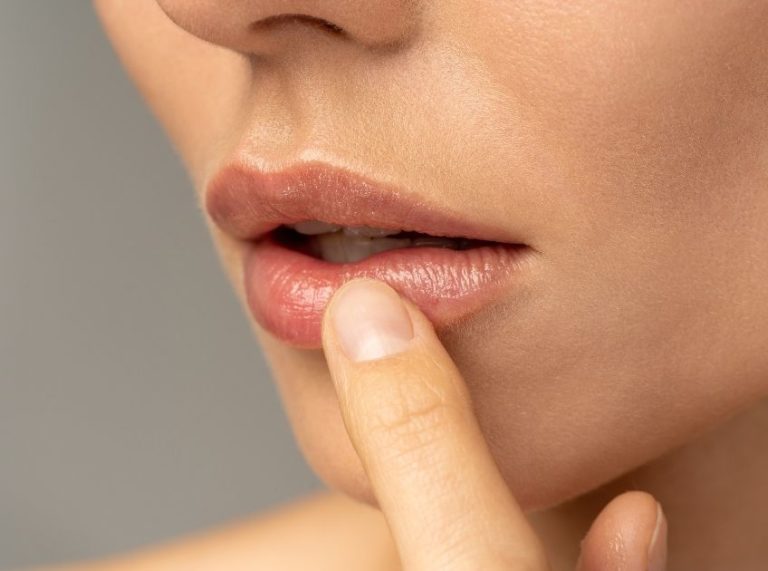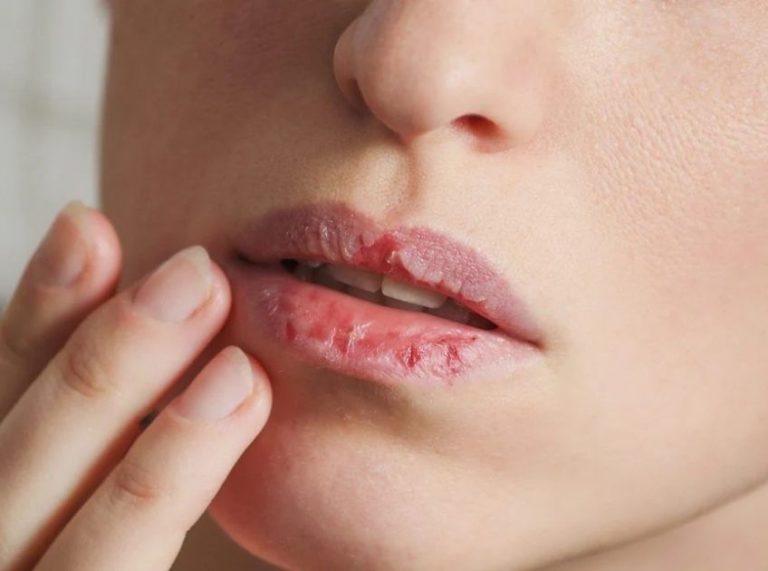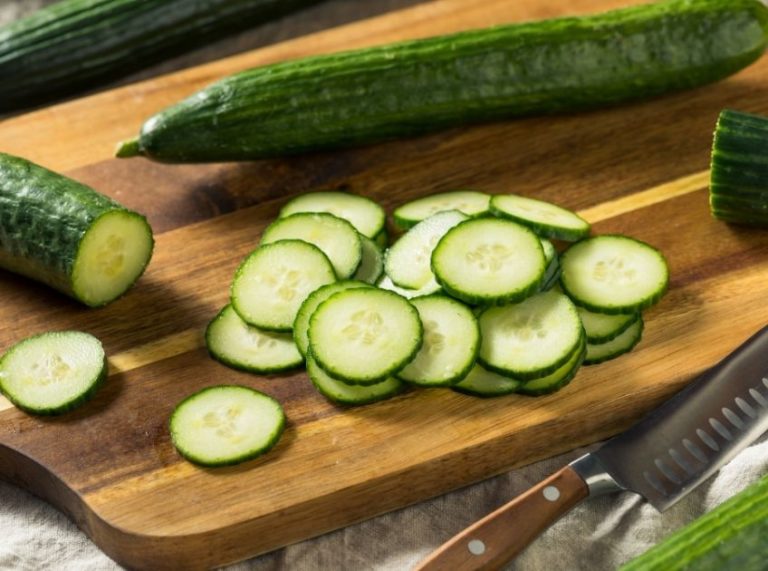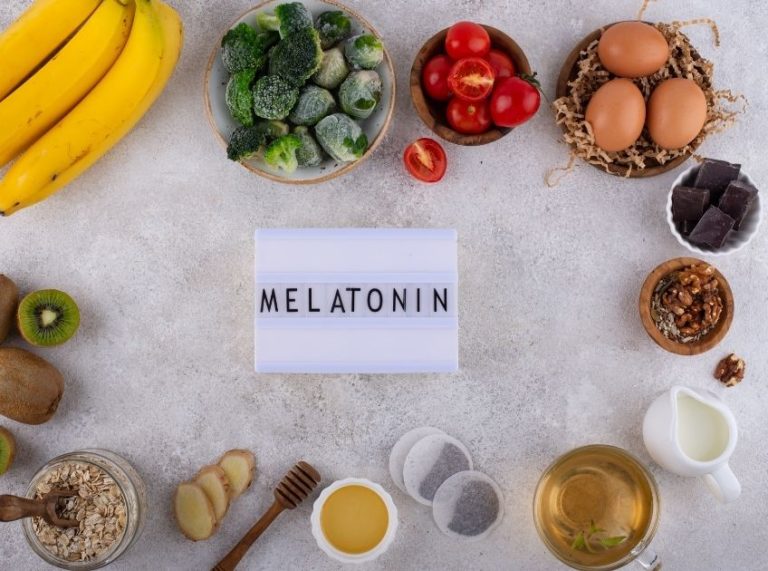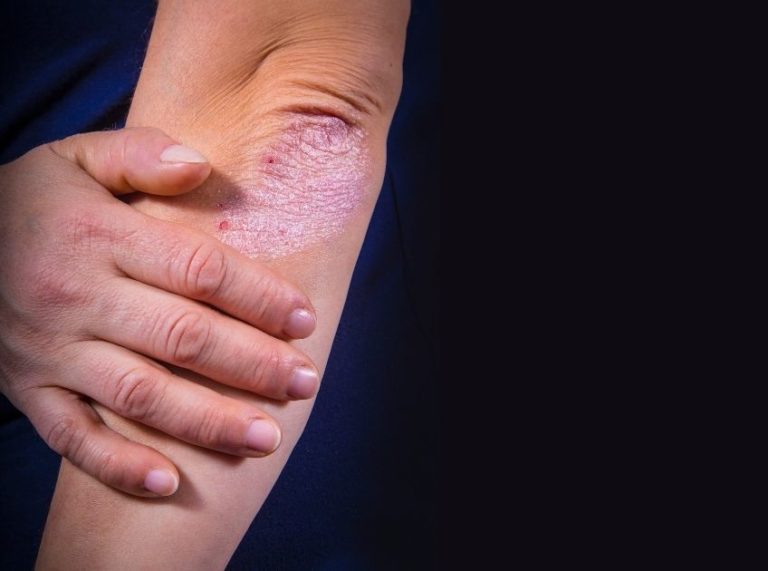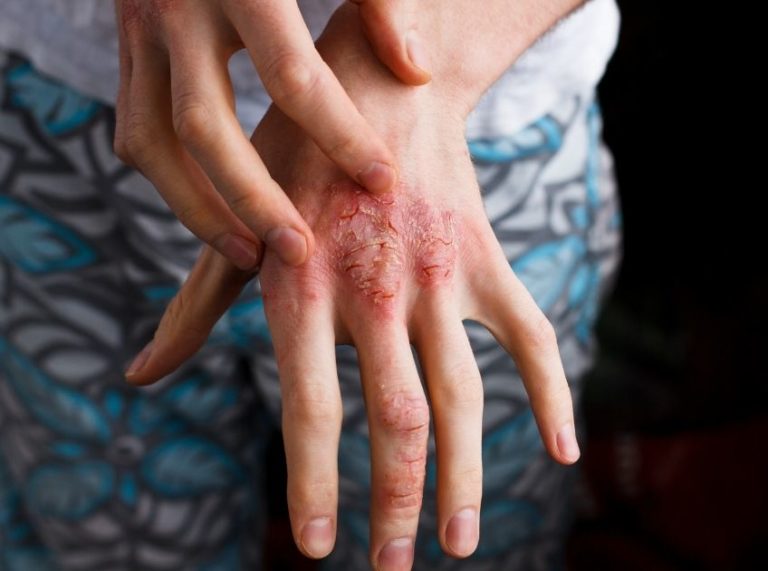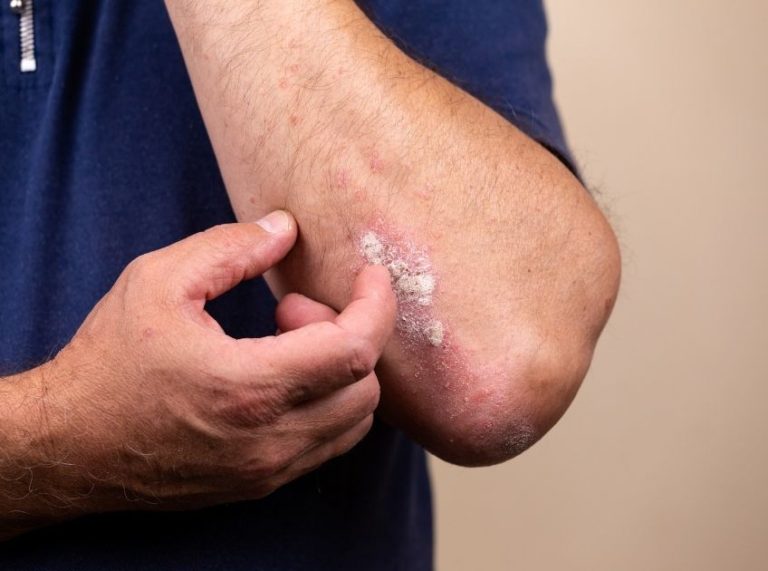
Important: This article is for informational purposes only. Please read our full disclaimer for more details.
You must have heard of recent trends of keeping potatoes on feet to cure ailments like colds and other general infections. Some trends have also been about inserting raw potatoes in socks and keeping them overnight to cure illnesses like chill.
Earlier, the trend included onions, similar to putting in socks and keeping them overnight to get rid of smelly feet and other diseases. However, there is no scientific research to prove such theories.
Nutrients in Potatoes

Potatoes are a vegetable that is rich in carbohydrates. It is a starchy root vegetable, native to the Americas, and is consumed all over the world (1). Packed with nutrients like potassium, magnesium, phosphorus, vitamin B-6, vitamin C, and antioxidants, potatoes give instant energy on consumption.
Here are some major health benefits of potato-
Potatoes come in various forms, such as fresh, frozen, canned, and dehydrated. Its versatility makes it an easy choice for cultural, personal, and dietary preferences.
- Cholesterol-free and sodium-free, with every 5.3 oz serving providing only 110 calories.
- Gluten-free, plant-based and usually affordable source of carbohydrates.
- Used to ferment into alcohol.
- Raw potato juice can also boost the immune system.
However, the body can use these nutrients only when they are eaten. There is no proven fact that putting potatoes on your feet or in your socks can cure colds or other ailments.
People also use raw juice to treat stomach disorders and water retention (edema). It also helps to control appetite for weight loss through mixing potato purified protein powder with water.
Moreover, it is also used to treat arthritis, infections, burns, boils, and sore eyes by putting raw potato over the affected area. It is also believed that a chemical in the potato peel might prevent bacteria from attacking the cells.
Background and History of Potato Remedy
The bubonic plague struck some parts of Europe during the late Middle Ages, and it is believed that this remedy could have originated at that time.
Bubonic Plague Theory
At that time, people did not know about viruses and bacteria. They believed illnesses are caused due to some evil forces or curses from some super powers. They believed that putting raw sliced potatoes at the bottom of the feet and wearing socks to keep them intact and in place, cures colds and flu. They thought this method would help cure cough, runny nose, congestion and fever.
Chinese Theory
A traditional Chinese method called reflexology is the basis of this remedy. In reflexology, it is believed that the soles of the feet are connected to each part of the body and can heal them. As soles have access to all parts of the body, they can treat any ailment by sending nutrients. This way, tying potatoes to feet can send good nutrients and heal the ailing part.
Does Potato On Feet Remedy Really Work?

Many people have experienced that using this remedy they have healed their ailments successfully. However, there has been no scientifically proven data to prove it.
Also, there also has been no clinical evidence to confirm that potatoes in socks or at the feet can heal diseases like colds. In a similar way, using onion in the same way doesn’t have any medical effect on any illness.
The question now arises if you really should try this remedy?
Yes, why not? However, it is a process that is safe for most adults unless they are prone to potato allergy. If there is no such history, you can try the potato remedy.
Make sure that the potato you are using is freshly washed and appropriately peeled. However, do not try this remedy on children. Young children have susceptible skin. It can easily react to external objects. Also, they might be unable to express the itching and may get an allergic reaction to the potato.
To check whether you are allergic to potatoes or not, you can do a simple patch test. Place a small piece of raw potato on your skin. After every 15 minutes, check for any reaction. If there is no reaction on the skin, then you are relatively safe. In case you observe a change in skin color or redness, skin irritation, or itching, remove it immediately.
What If Some People Allergic To Potatoes?
Some people also have potato allergies, in which they suffer from skin irritation. Putting raw potato on the skin or simply touching a potato may cause a reaction leading to eczema. This type of rare allergy can also be found in some individuals even if they consume cooked potatoes.
Conclusion
The ideal way to treat any sickness or medical condition is by taking a doctor’s advice. Once an issue is noticed, you must take a doctor’s appointment and act according to his expertise.
Sometimes, home remedies are also effective in treating simple diseases like the common cold. For example, taking regular steam and drinking boiled warm ginger water can relieve the common cold.
However, it is always good to seek a doctor’s advice if the problem persists for a long time or increases with time. Putting potatoes on the feet or socks cannot cure any illness. Eating potatoes, however, can help you beat the disease by strengthening your immunity system.
Related Articles
- How to Make a Apple Cider Vinegar Foot Soak?
- Epsom Salt Foot Soak – Benefits & How To Do It?
- Epsom Salt And Vinegar Foot Soak
- Listerine Foot Soak: Does it Work?
- 5 DIY Foot Scrubs for Cracked Heels You Can Make At Home
- The 8 Best Homemade Foot Scrubs to Remove Dead Skin
- Coconut Oil for Feet – Why It’s Good for Your Feet?
- Is Sweet Potato Skin Good for You
- 10 Foods Are High in Insoluble Fiber
- The 10 Best Healthy Fat Foods That You Should Eat
